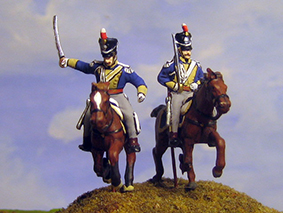
Painted miniature soldiers all scales
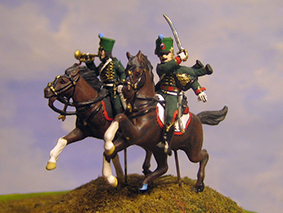
Napoleonic, Medieval, Roman, WW2
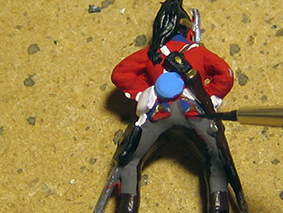
Painted by hand
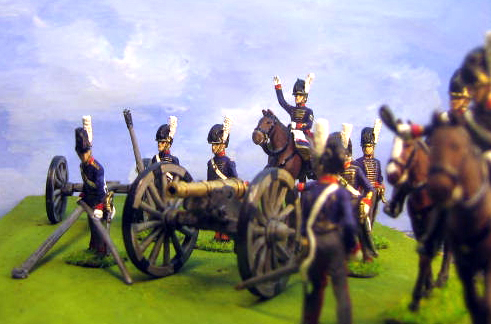
Years of painting experience
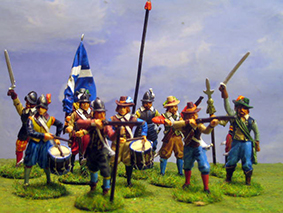
Sending all over the world
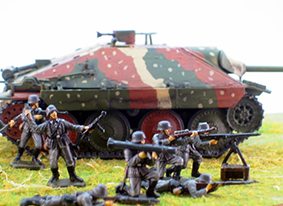
Miniature warriors for collectibles
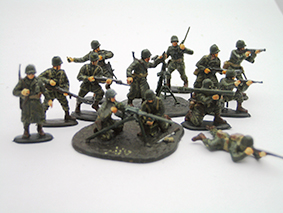
Plastic soldiers - Metal soldiers

Authentic Uniforms
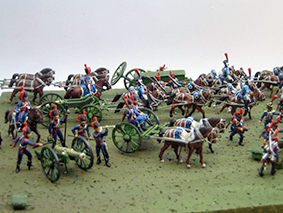
Painted in the smallest details
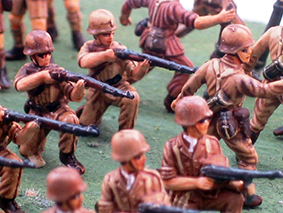
Clients all over the world, the best in painting
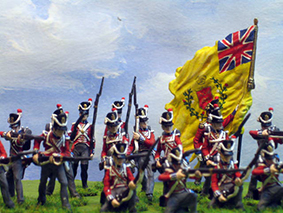
Metal wargame figures painted all scales
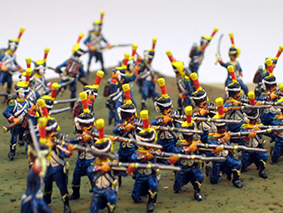
Napoleonic
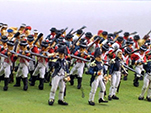
Lord Nelson and British sailors and Marines
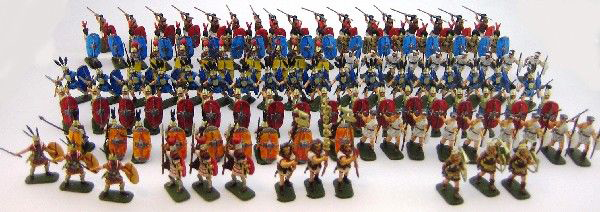
1:72 scale plastic soldiers
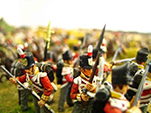
Plastic toy soldiers for wargaming
